Faculty Research Interests

Kevin Bisceglia, PhD – Environmental Chemist:
Dr. Bisceglia's research focuses on what happens to chemicals after they get released into the environment. In some cases, we are interested in tracking these chemicals to gain insight into aspects of community-level public health - a practice called wastewater-based epidemiology. Other times, we are focused on chemicals that have the potential to be of (eco)toxic concern, and are interested in characterizing their transformation and removal in natural and engineered systems.

Ronald P. D'Amelia, PhD – Physical Polymer Chemist
Dr. D'Amelia's research interests focus on using the principles of polymer chemistry and material science for the synthesis and physical characterization of organic polymers, specifically Polyvinyl Alkyl Esters (PVAE) and Polysiloxanes (Silicones). The research includes the synthesis and characterization of the bulk and dilute solution properties of Polyvinyl Acetate (PVAc), copolymers, and derivatives thereof. The overall goal is to understand the structure-property relationship of these polymers and to develop practical industrial applications. The research also includes laboratory work using different analytical instrumentation such as Differential Scanning Calorimetry (DSC), Fourier Transform Infrared Spectroscopy (FTIR), and Nuclear Magnetic Resonance Spectroscopy (NMR) to characterize the polymeric properties of these polymers.

Ling Huang, PhD – Analytical Chemist
Dr. Huang's current research fields are the forensic applications of instrumental analysis. Specifically, his group is developing fast and accurate NMR detection and quantification techniques for designer drug analysis, simple and low-cost extraction and HPLC cannabinoid quantification methods, and quantitative elemental analytical methods for gunshot residues with X-ray fluorescence spectroscopy.
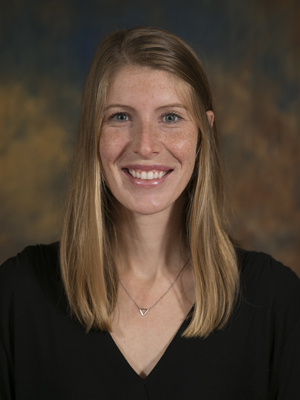
Kara Jaremko, PhD – Organic Chemist:
Dr. Jaremko's research interests are in the investigation of enzymes involved in natural product pathways, including fatty acids and non-ribosomal peptides (pharmaceuticals), using small molecule probes and inhibitors. Techniques used span from synthetic chemistry to protein expression and biochemical assays. Another focus of her research is in collaboration with Dr. Silva, improving current methods used in DNA and sample analysis in forensics.

Scott Lefurgy, PhD – Biochemist
Dr. Lefurgy's research focuses on the problem of bacterial antibiotic resistance — a major public health threat — by examining the structure and function of beta-lactamases. His group seeks to trace the evolutionary path by which these enzymes gain the ability to inactivate antibiotics. A deeper understanding of resistance mechanisms will inform the design of new, more robust antibiotics. Biochemical and microbiological techniques are used: growth selection, genetic engineering, recombinant expression, affinity chromatography, and UV-Vis spectroscopy.
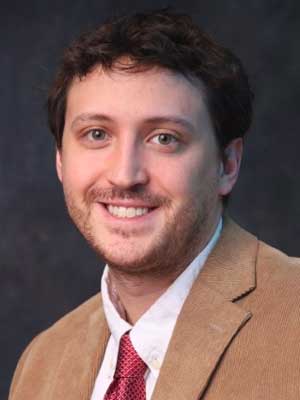
Daniel Miller, PhD – Computational Chemist
Dr. Miller's research focus lies in 2D materials design, surface chemistry, and chemical interactions between two distinctly different species. Density functional theory calculations, with additions that account for van der Waals forces, are used to probe the delicate electronic interactions at the surface-adsorbate interface and between species within solvents.
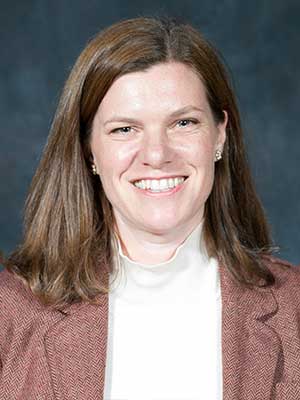
Emily Mundorff, PhD – Biochemist
Dr. Mundorff's research interests are in the investigation of determinants of enzyme substrate specificity, using both study of mutants and computer modeling using specialized molecular modeling software.
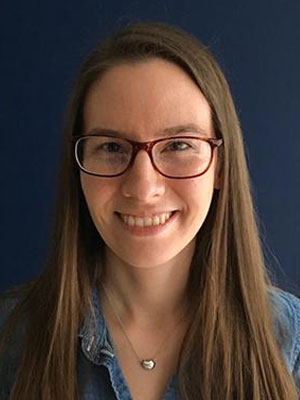
Mary Rooney, PhD - Biophysical Chemistry
Dr. Rooney’s research interests include investigating the structure-function relationships of metallopeptides and the interactions between peptides and lipid bilayers. These studies use a range of techniques, from computational modelling, to biological assays, to Nuclear Magnetic Resonance Spectroscopy (NMR).
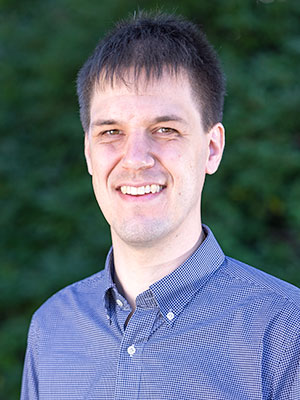
Tim Schleif, Dr. (PhD) - Physical-Organic Chemist
Dr. Schleif's research group focuses on rare reactions that occur despite not having the energy necessary to reach the transition state. Instead, such reactions proceed by tunneling through the potential barrier, leading to unexpected kinetics or products. Combining organic synthesis, quantum chemical calculations and spectroscopy, we investigate new examples of tunneling reactions and learn more about the influence of solvents on them.
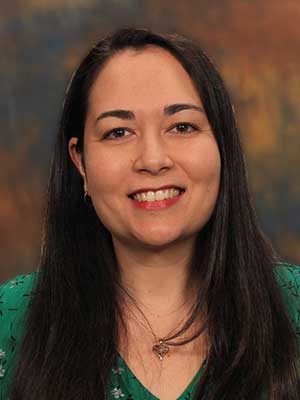
Deborah Silva, PhD – Forensic Chemist
Dr. Silva´s research interests are in the area of forensic genetics and epigenetics. A large amount of her research is to locate and characterize epigenetic markers that, once harnessed, become an invaluable tool for generating forensic profiles in many law enforcement situations. Another focus of her research is in improving current methods used in forensic DNA analysis. Forensic samples often present low DNA quantity and quality. By improving methods of collection and sample processing, the chances of obtaining better results and downstream analysis are increased.

Sabrina Sobel, PhD – Inorganic Chemist
Dr. Sobel's current research focuses on educational development for general and inorganic chemistry. She is working on developing and adapting inorganic synthesis experiments for an advanced inorganic lab class. In addition, she develops literature discussion lesson plans to guide students in the critical reading of articles on exciting new chemistry research. Lab experiments and lesson plans are published on the peer-reviewed educational resource website IONiC VIPEr (www.ionicviper.org).

Nanette Wachter, PhD – Organic Chemist
Dr. Wachter's students are investigating organic reaction mechanisms, specifically, the aldol reactions of aromatic aldehydes and ketones, and the reaction of nitric acid with acetophenones. Students in her lab also have been synthesizing compounds capable of delivering nitric oxide and are investigating potential NO-releasing NSAIDs (non-steroidal anti-inflammatory drugs).
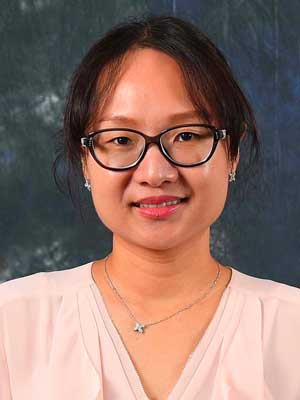
Yalan Xing, PhD – Organic Chemist
Dr. Xing's research laboratory has a long-standing interest in the advancement of novel synthetic methodologies for efficient carbon-carbon and carbon-heteroatom bonds formation. We are especially interested in the development of atom economic, green, and sustainable approaches for C-H activations and plastic degradation. We also strive to utilize the methods we developed for the synthesis of biologically relevant compounds and investigate the biological activities as well as medicinal chemistry structure and activity relationship (SAR).

